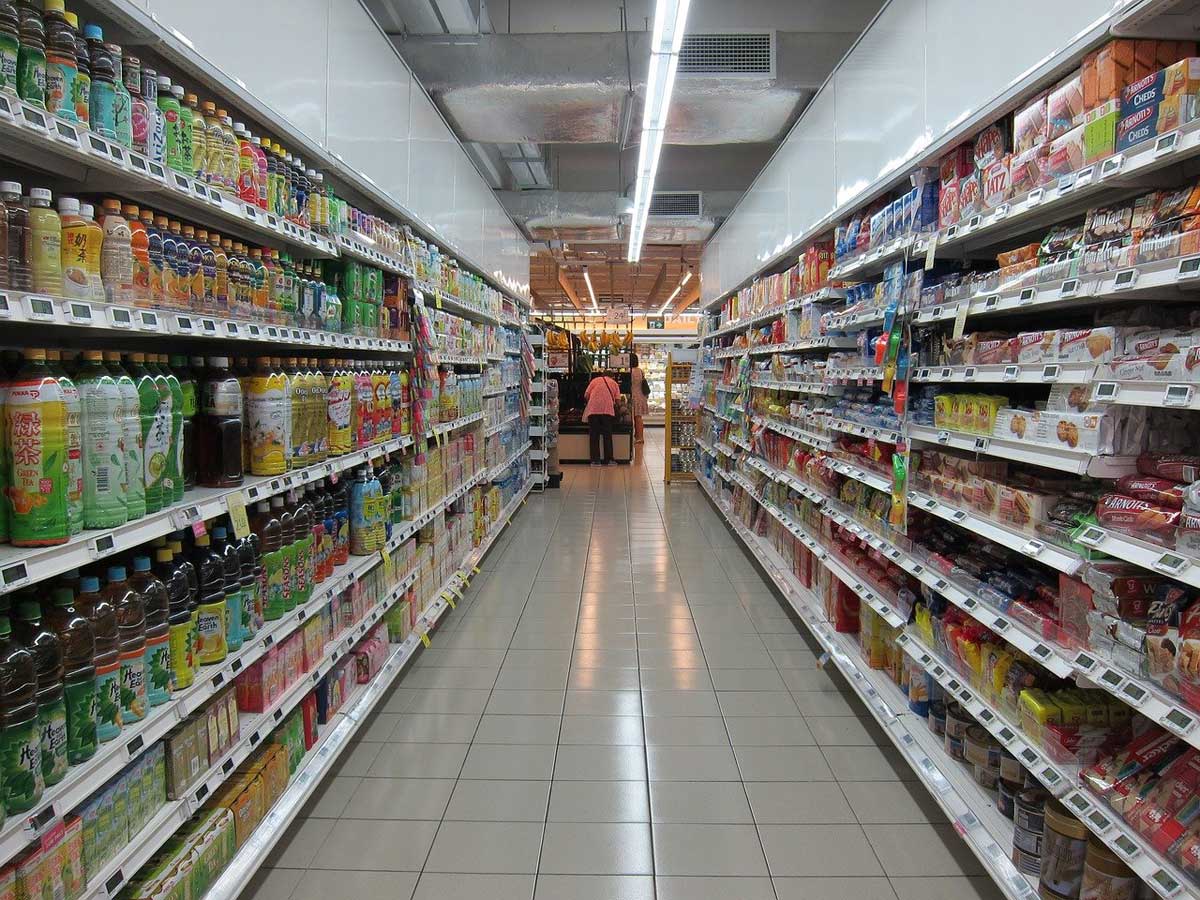An aging population, single living, and value consumption are three significant trends in the ‘new European consumer landscape’ according to Euromonitor International. Hence, it is inevitable that manufacturers will adapt to these changing trends so that goods and services are fit for their needs and preferences. Businesses will look into the specific needs and wants of senior consumers, while single households might seek products that are practical, convenient, and personalized. Regardless of age groups, people are continuously seeking value for money spent on goods and services, given the elevated inflation levels in Europe.
Adopting Changes in Consumer Behavior
More than one fifth, or 21.3%, of the European Union (EU) population is 65 years of age and older, according to statistics from the European Commission (EC). Hence, an older population will also mean that average disposable incomes will decrease, resulting in lower purchasing power. Naturally, it is normal for consumers to avoid higher-priced goods and services. Therefore, manufacturers will have to rethink their strategies, focusing on value creation through cost reductions. On the other hand, a McKinsey report predicts that although the mass market will shrink, small consumer segments will flourish. For example, more and more European customers say they’re willing to cough up more money for products they’re buying in exchange for added health and wellness benefits. This also implies that products will require personalization and customization. As such, bespoke products will serve niche markets alongside private labels.
Another area that’s changing its landscape is the tobacco industry. Cigarettes are the main form of tobacco consumption in Europe, according to a European Parliament (EP) report, accounting for 75% of total tobacco product sales. However, the sale of nicotine products and non-combustible tobacco is growing rapidly in Europe as well. An example is Kylmakorpi’s white-label products, which tend to be cheaper than branded alternatives. The company produces white-label nicotine pouches, which can also be customized using different fresh flavors.
Challenges and opportunities
In addition to the economic uncertainty that can affect consumer spending and business operations, there may also be supply disruptions that can impact the ability of manufacturers to produce goods. In recent years, disruptions in the supply chain have affected European consumers because of reduced purchasing power due to inflation and increased prices. Hence, manufacturers must build agile and resilient supply chain management to cope with future interferences.
Furthermore, gaining the consumer’s trust is essential for long-term success. Social responsibility, transparency, and ethical practices are vital if manufacturers expect loyalty from customers. They must also focus on sustainability, given that it is a concern for a third of boomers and a quarter of Gen Zers and Millenials, according to Innova Market Insights. Investing in e-commerce, data analytics, and artificial intelligence (AI) can also give an advantage to companies while designing products for reuse or recycling convinces consumers of a circular economy approach.
All in all, businesses must welcome emerging trends and adjust their strategies. Adapting to changing consumer behavior and patterns as well as understanding challenges and opportunities can help European consumer goods companies succeed.
